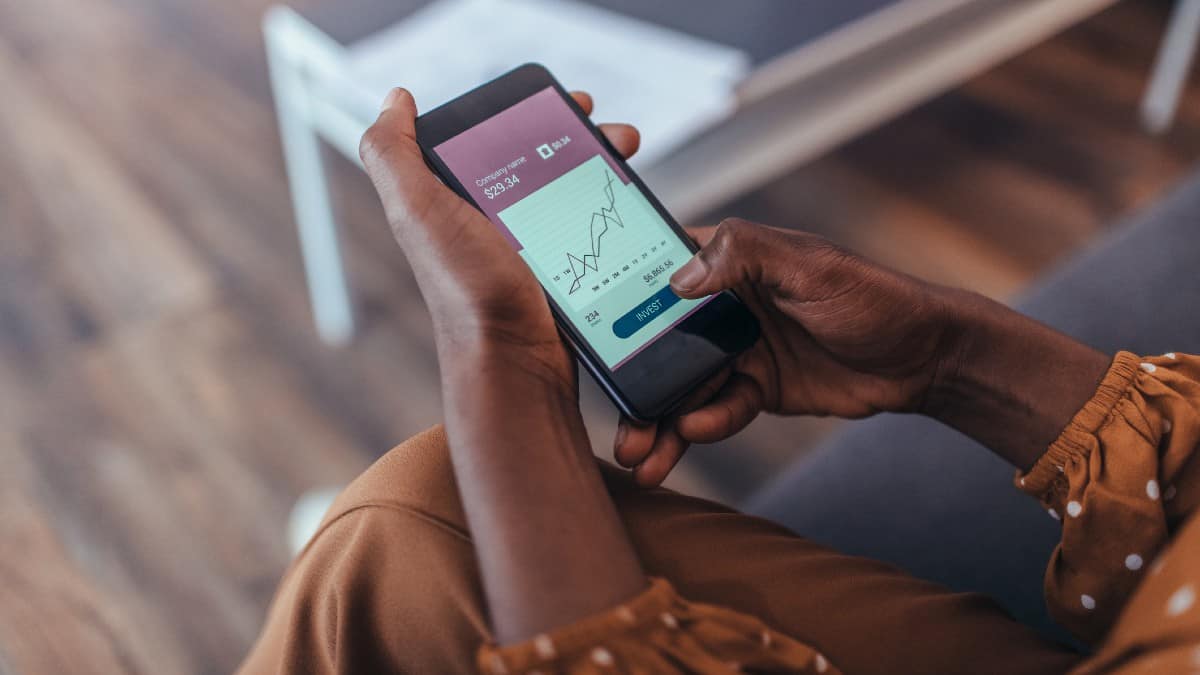I think that opening up a Stocks and Shares ISA is the best way to start investing. However, before buying any shares, I think there are some important first steps to consider. This is how I’d begin today.
First priorities
First, I’d pay off all debt, excluding my mortgage. The average UK credit card debt stands at £2,592, with an interest rate of 20%. A competent long-term investor is unlikely to make a 20% return, so paying off debt should always take precedence over investing.
Then I’d save an emergency fund. I think the average UK worker with a wage of £2,000 a month, should save three months’ of expenses — so about £6,000. It would need to be kept in a low-interest instant-access account, so I wouldn’t save more than this as my capital would slowly be eaten away by inflation.
Then I’d make sure that I was making the biggest pension contribution possible, as there are significant tax benefits that are likely to outweigh any investing returns. And as I’m under 40, I’d open a Lifetime ISA (LISA). If I save £4,000 a year, the government will top up my savings with a £1,000 tax-free bonus. Again, I see this as a no-brainer, as I don’t expect to beat a 20% annual return investing in shares.
Stocks and shares ISA
Then I’d open up a Stocks and Shares ISA. Its huge advantage is that there’s no income tax due on the dividends or capital gains tax on profits. And this advantage is unlimited — so an initial investment could grow many times over tax-free through the power of compound interest.
So what would I buy? I’d start with investing in a full replication FTSE 100 index tracker fund. These are very popular for new investors as instead of aiming to outperform the FTSE 100, these funds invest in all 100 stocks. This makes them cheap as there are no management fees, and provides a diversified investment product with very low comparative risk. And I could buy into a FTSE 100 tracker fund inside my Stocks and Shares ISA with most providers.
Then I’d buy low-risk companies like Tesco or Unilever, to build up my investing confidence. The benefit of blue-chip companies like these is that they have stable share prices with reliable returns, although nothing is guaranteed, of course. I’d also put some capital in passive income stocks. Examples include National Grid and Aviva, which both pay a 5% dividend. This should represent a good return with little risk for me.
Once I had more confidence, I’d start looking for UK penny stocks with high growth potential. These are shares that cost under £1 each. These can make huge returns, but of course, there’s also the potential to lose most of my investment. This means that I’d have to keep these stocks under constant review. Currently, I like Stagecoach and restaurant group Fulham Shore. I think both stocks are likely to see high growth as travel and hospitality rebound post-pandemic. In the longer term, I also like Bacanora and Premier African Minerals. Both are higher-risk, but could see huge shareholder payoffs as the EV revolution takes off.








